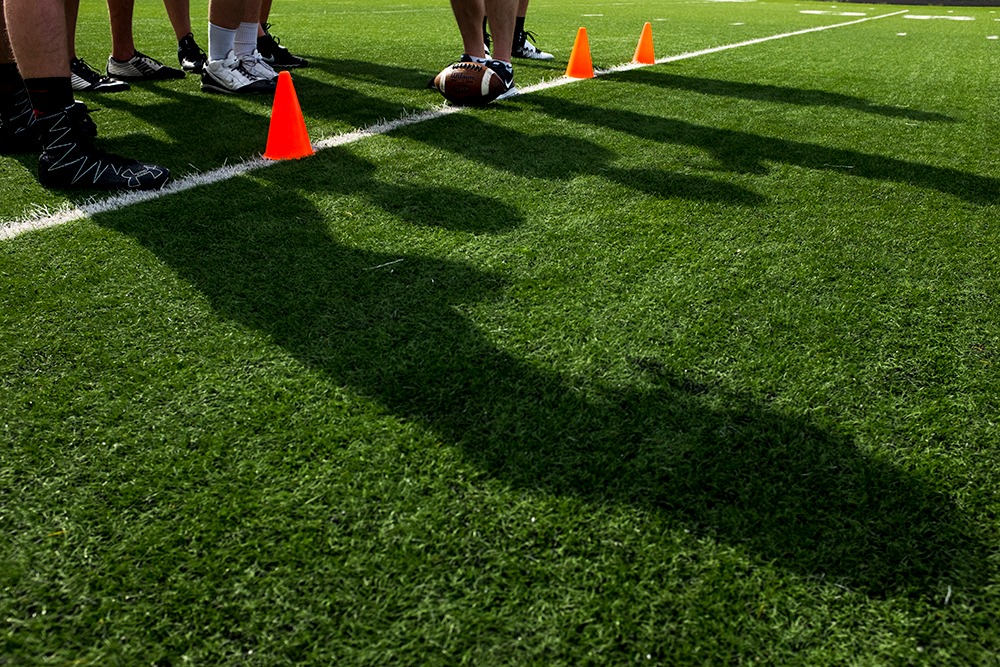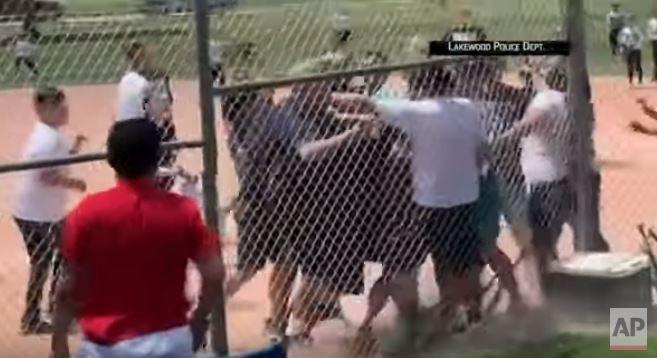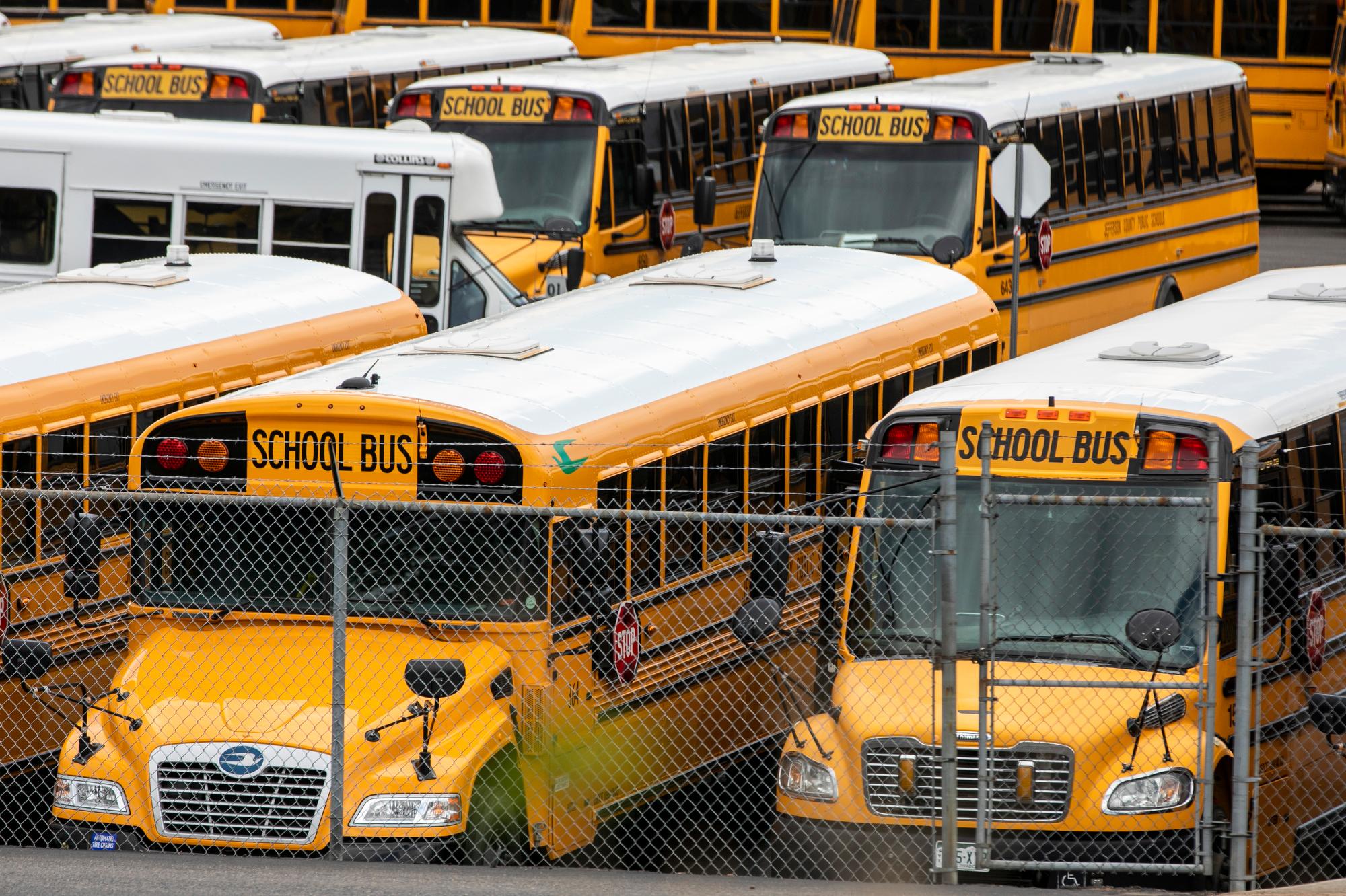
Earlier this month, a fight between two spectators near a youth football game in Colorado Springs ended with one person shot and killed.
The Colorado Springs Police later identified the victim as 29-year-old Donte Rice, and although he had no connection with the Atlas Prep campus in the southeast part of the city or Pikes Peak Pop Warner Youth Football and Cheer, the violence brings a new focus on the safety and health of the state’s youth athletes.
The confrontation happened just five minutes away from State Sen. Tony Exum’s house.
“It's just sad that these individuals decided to take out whatever they had against each other at a sporting event,” said Exum, who has officiated games on the high school and collegiate levels for 48 years.
“The negative impact that it's had on the community and the kids in the football program and the kids at the school, it's just a sad state of affairs.”
Adults’ violent actions shift focus away from children
In programs that are meant to teach the fundamentals of sports and teamwork and provide a positive environment for youth, the violence among spectators, parents and even sometimes referees takes away from what was once a safe childhood pastime.
In June 2019, the Bear Creek Junior Sports Association in Lakewood canceled the remainder of its baseball season after a brawl broke out among adults at a game between seven-year-olds. Lakewood Police say the incident stemmed from parents and adults angry with the umpire, who was 13 years old at the time. Five adults were cited for the incident.

Also in Lakewood, three referees were involved in a fight at a fourth-grade basketball game in December 2023. The three men were escorted from the gym. The organizer, the Gold Crown Foundation, said the men were independent contractors and were no longer allowed to work for the organization.
In the recent Colorado Springs shooting near a game, Pikes Peak Pop Warner president Michelle Quintana released a statement via Facebook that the suspect and the victim knew each other and had no connection to the players, coaches, or volunteers of the team. Atlas Prep also released a statement via Facebook that it has no affiliation with the league, which rents the school’s fields.
State Sen. James Coleman also witnessed aggression from parents at youth sporting events involving his two children. He said he has gotten into verbal altercations, but they never got physical and weapons were never involved.
“I have witnessed the tensions that we all face or experience as just fans,” Coleman said.
Coleman and Exum have seen the violence stemming from youth sports and wanted to protect the youth and keep them safe. The senators co-sponsored the Safer Youth Sports bill that was passed and signed into law earlier this year.
The bill requires extensive codes of conduct for parents, spectators, coaches, and athletes, but it goes a step further than physical violence. It aims to protect minors from sexual assault. Coaches must complete annual mandatory reporter training and comprehensive abuse prevention training along with background checks — those who don’t meet the standards are publicly disclosed. Organizations must have a mechanism to report possible violations.
The basis for the bill comes from a 2023 study from Players Health, a youth sports provider. Among the findings in a self-reported survey of 685 recreation and travel sports organizations in the U.S., 56 percent lacked policy governing one-on-one interactions between adults and minors. According to research out of UCLA, one in 10 children in the U.S. are sexually abused before 18.
About half of those organizations don’t have a policy on athlete emergency care. Another 33 percent don't have a background check policy. Thirteen percent of organizations lacked a policy on prohibited conduct for staff, parents, players and referees.
“We thought the solution has helped to create a health and safety certification for youth sports organizations through an audit that informs the public if the organization policies exist or are being implemented that way,” Exum said.
“If you are a parent and you want to put your kid into this organization, you would have some background about that organization, about the safety and about policies they have.”
Most adults want to be involved in youth sports for the right reasons
A background check would’ve been helpful in the 2022 drowning death of Darryl Blackmon. The 13-year-old was traveling with his youth football team 5280 Colorado Jr. Buffs to a tournament in Phoenix. After winning the tournament, the team celebrated with a pool party at the hotel they were staying at.
Blackmon’s mother, Marquita Mays, had left the party under the supervision of the coaches to get some food across the street. She returned 10 minutes later to find her son unconscious and people trying to resuscitate him. Blackmon was pronounced dead as he was transported to the hospital.
The details are unclear on exactly what happened. It was later discovered by an insurance adjuster working on behalf of the Youth Health Organization that one of the coaches, Julius Green, had a falsified certificate of insurance.
Mays filed a lawsuit in Arapahoe District Court earlier this year. The associate attorney on her case, James Anderson of Fiedler Trial Lawyers Law Firm said they are still investigating the details of the case.
Because Blackmon didn’t know how to swim at the time of his death, Mays has since spread awareness about teaching children how to swim.
Coleman believes there are reasons as to why youth sports organizations would lack policy. He said most people get involved out of their own generosity.
“Maybe it's a financial reality, maybe they're like, “God, I can't afford that, but I want to help.” And so, they may not get the proper training or whatnot. Maybe they were that kid and they wish they had that when they were a kid,” Coleman said. “I don't think we go into it thinking about the cost, but it does cost time, it costs money.”
Exum and Coleman are working with the Attorney General’s Office to draft a notice that explains the requirements of the act and make it available to all youth sports organizations to the Safer Youth Sports bill. Once it's complete, it will be effective July 1, 2025.









